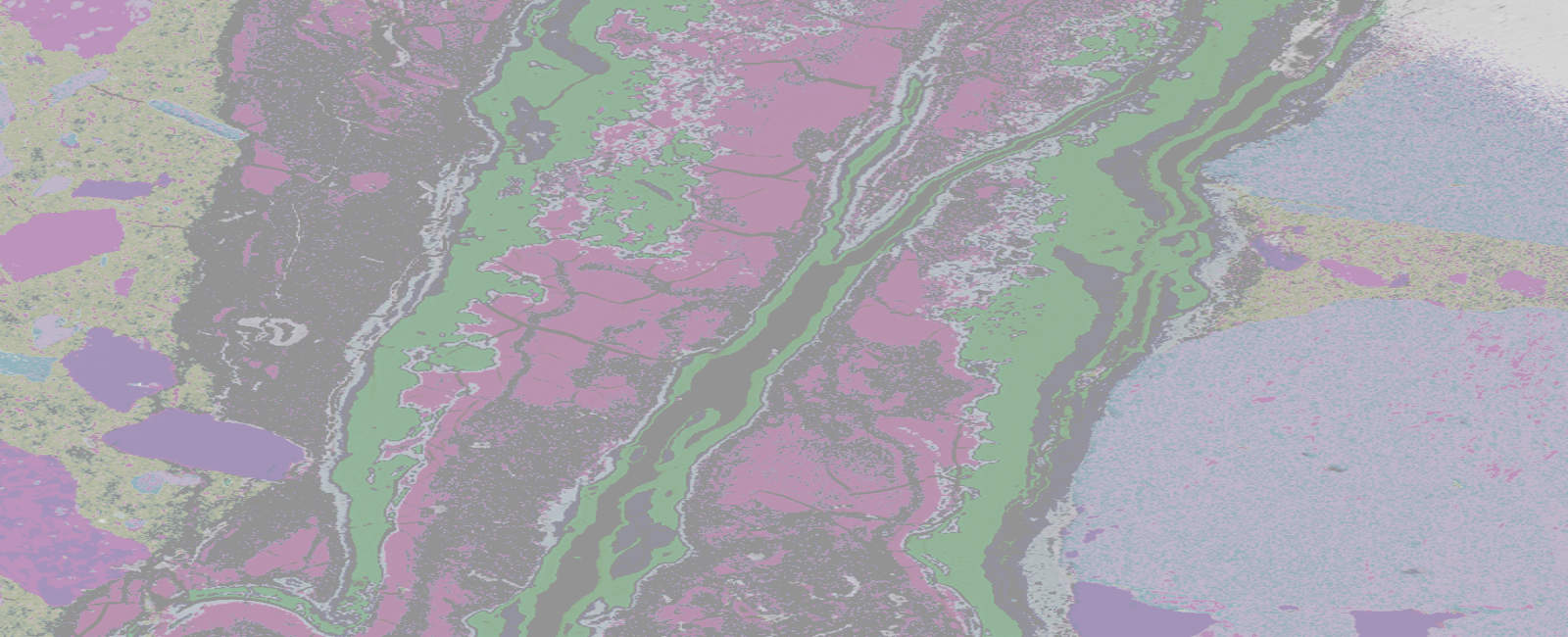
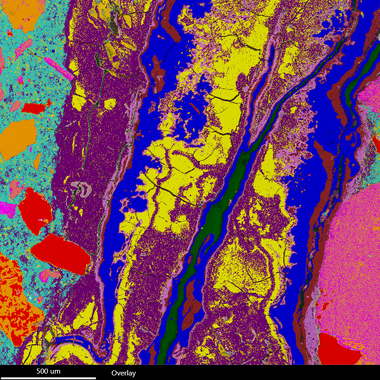
DRP houses sophisticated facilities for optical and electron microscopy. This is an EDS phase map of a concrete sea wall subjected to marine water attack and alkali-silica reaction.
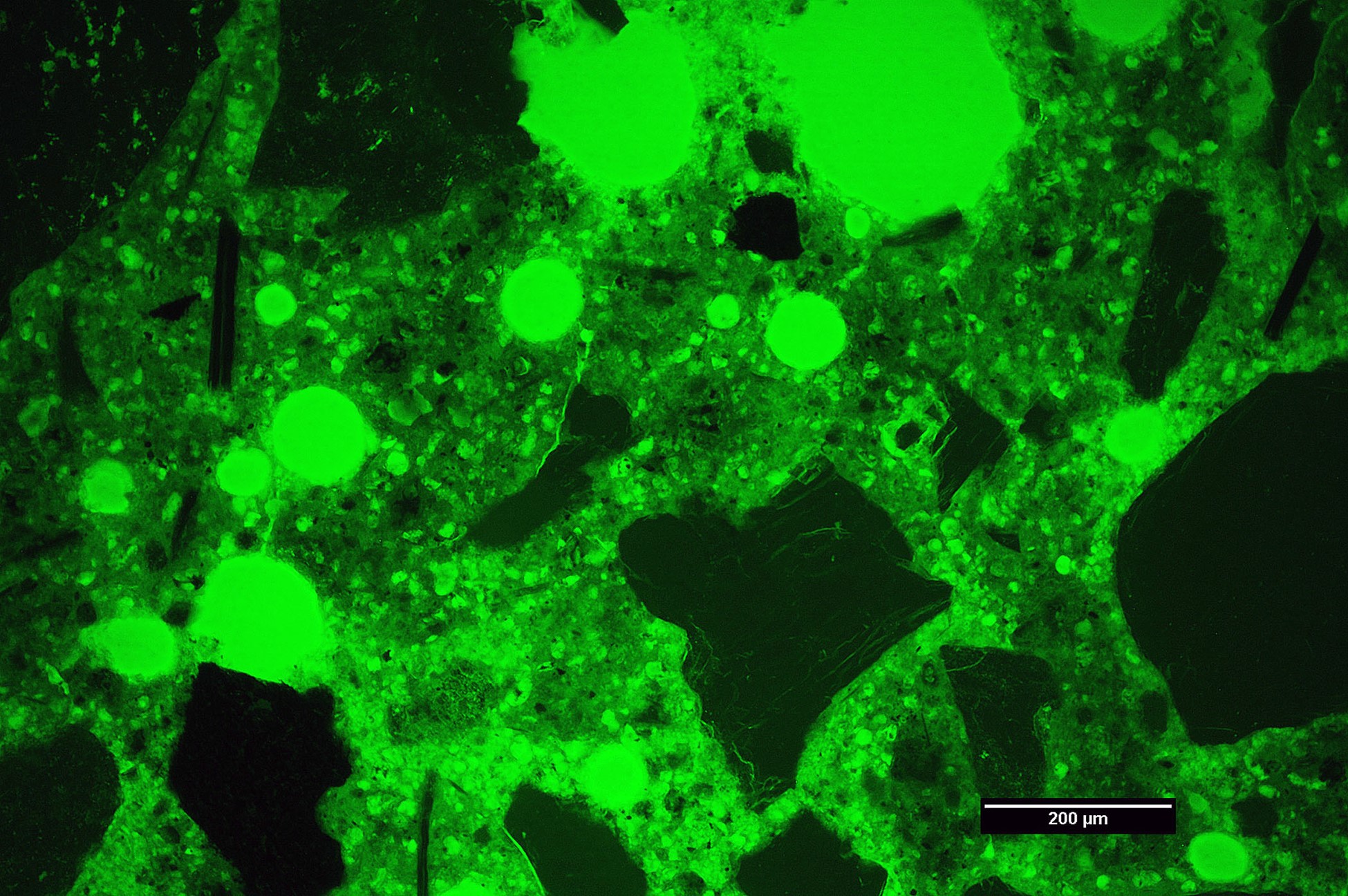

DRP is an industry leader in using innovative methods to solve problems. We routinely use fluorescence microscopy and image analysis to characterize the microstructure of cementitious materials.
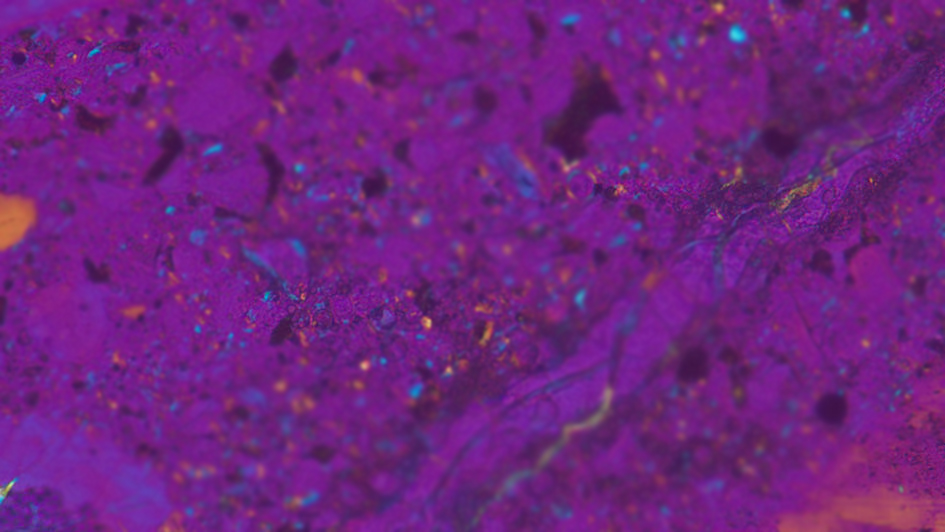
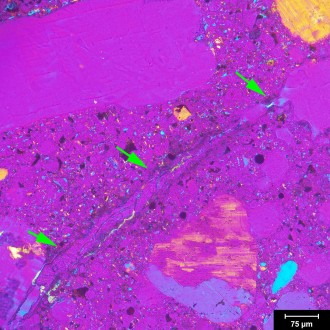
Petrography is a fundamental aspect of investigating deterioration from durability mechanisms such as alkali-silica reaction.
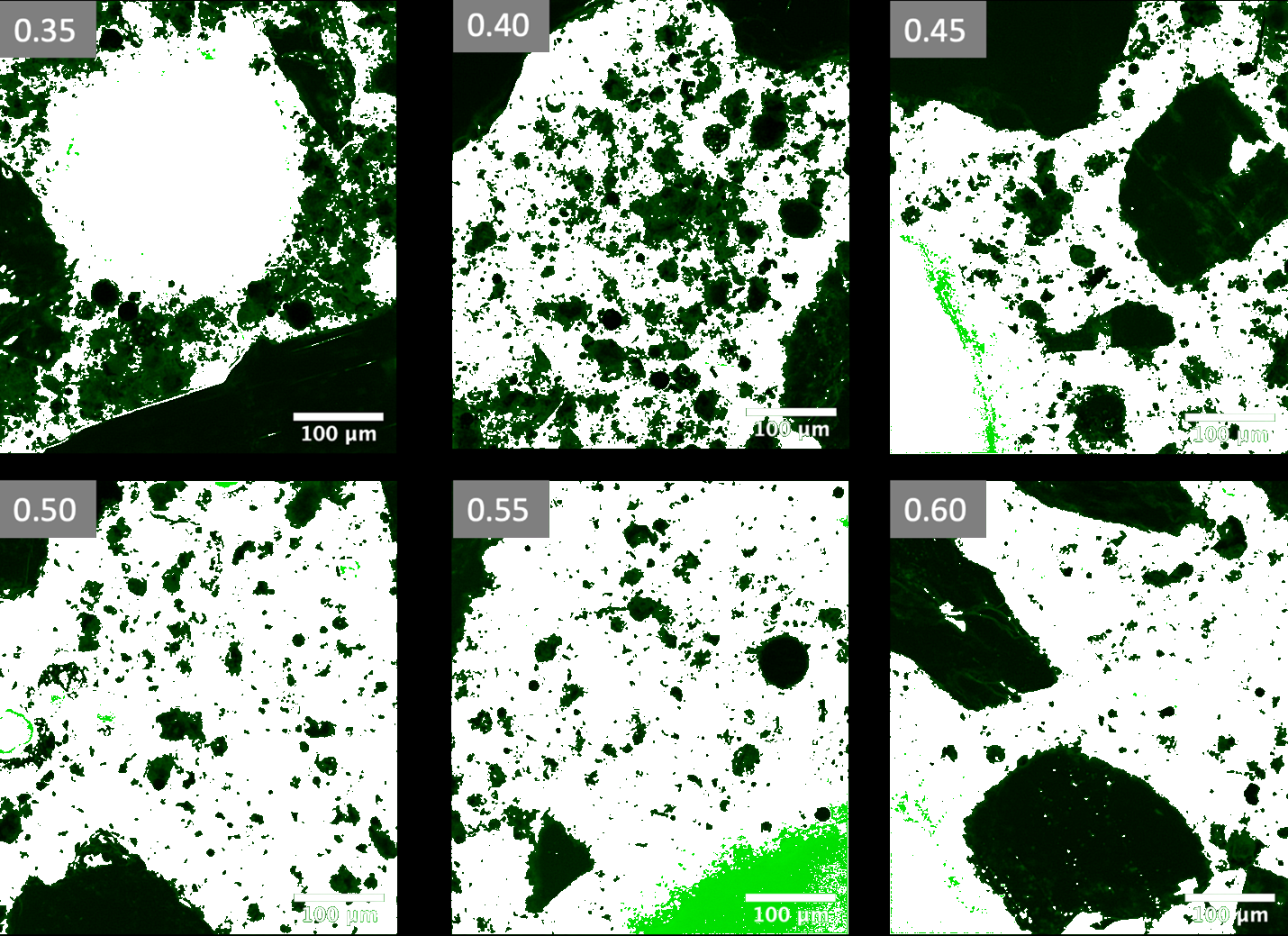
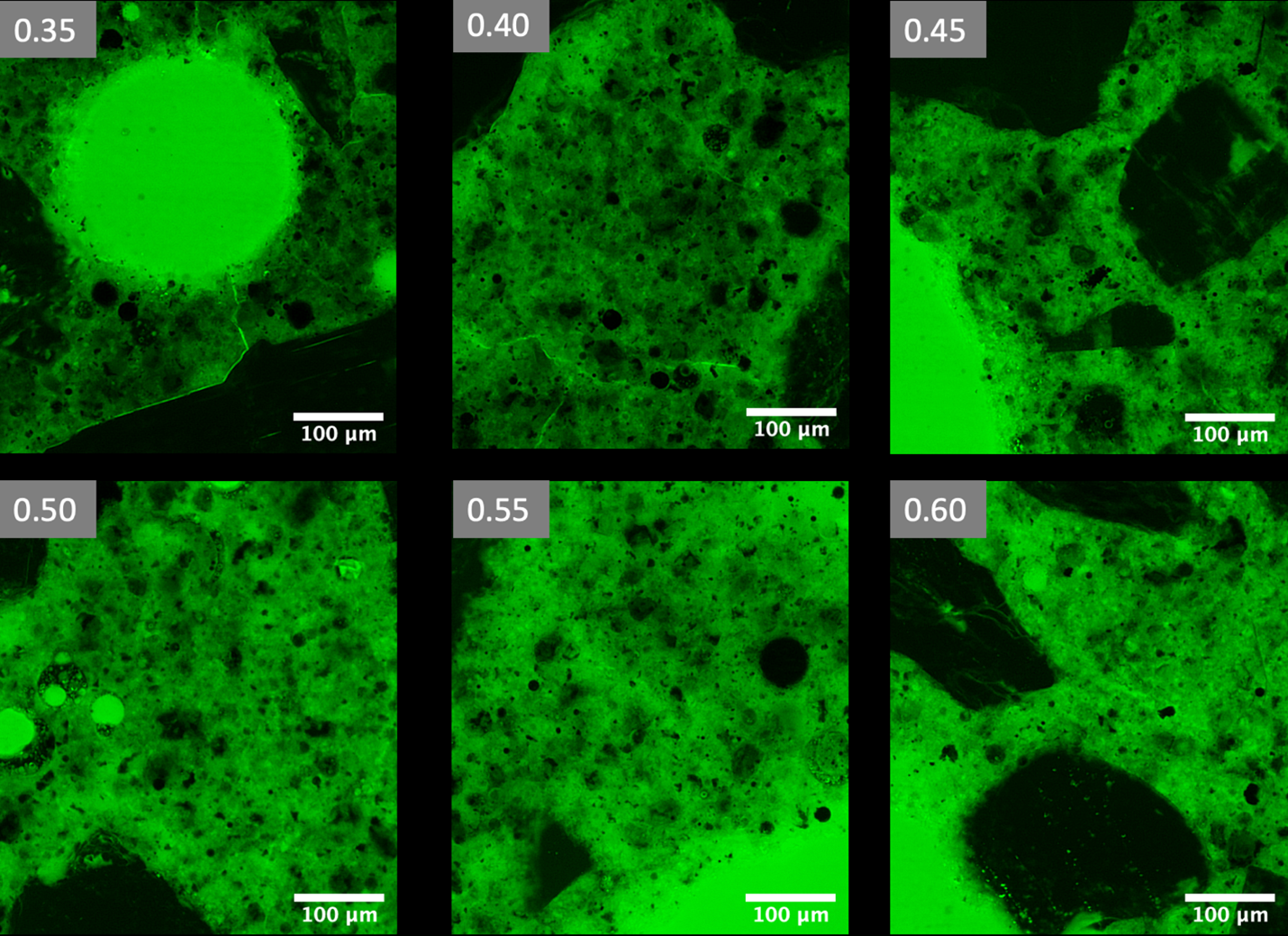
DRP has the expertise and experience to use fluorescent microscopy thin sections to measure the w/cm of hardened concrete per NT Build 361.
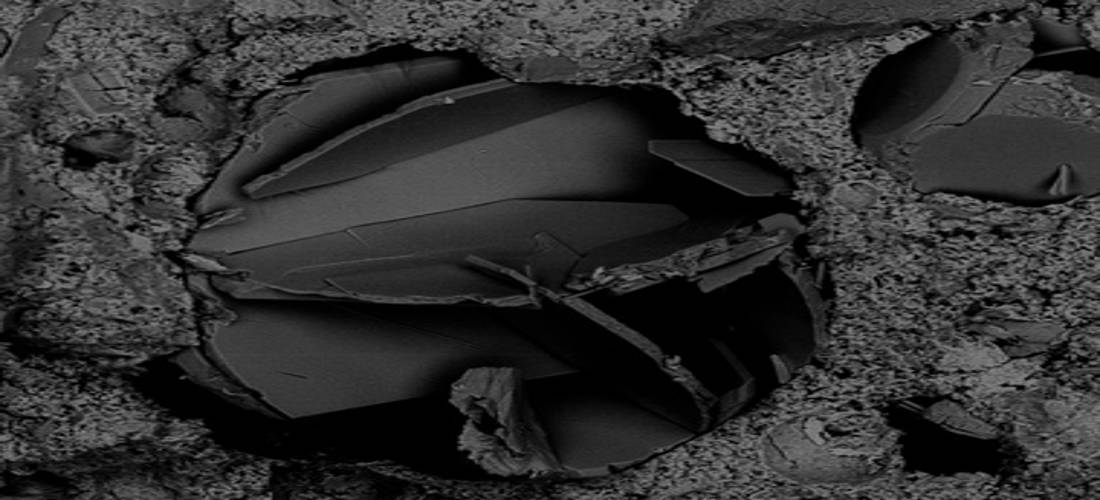
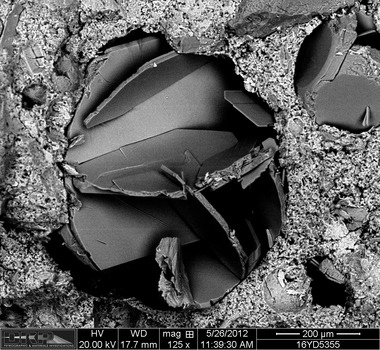
Pictures really are worth thousands of words. The scanning electron microscope reveals secondary deposits in striking detail.
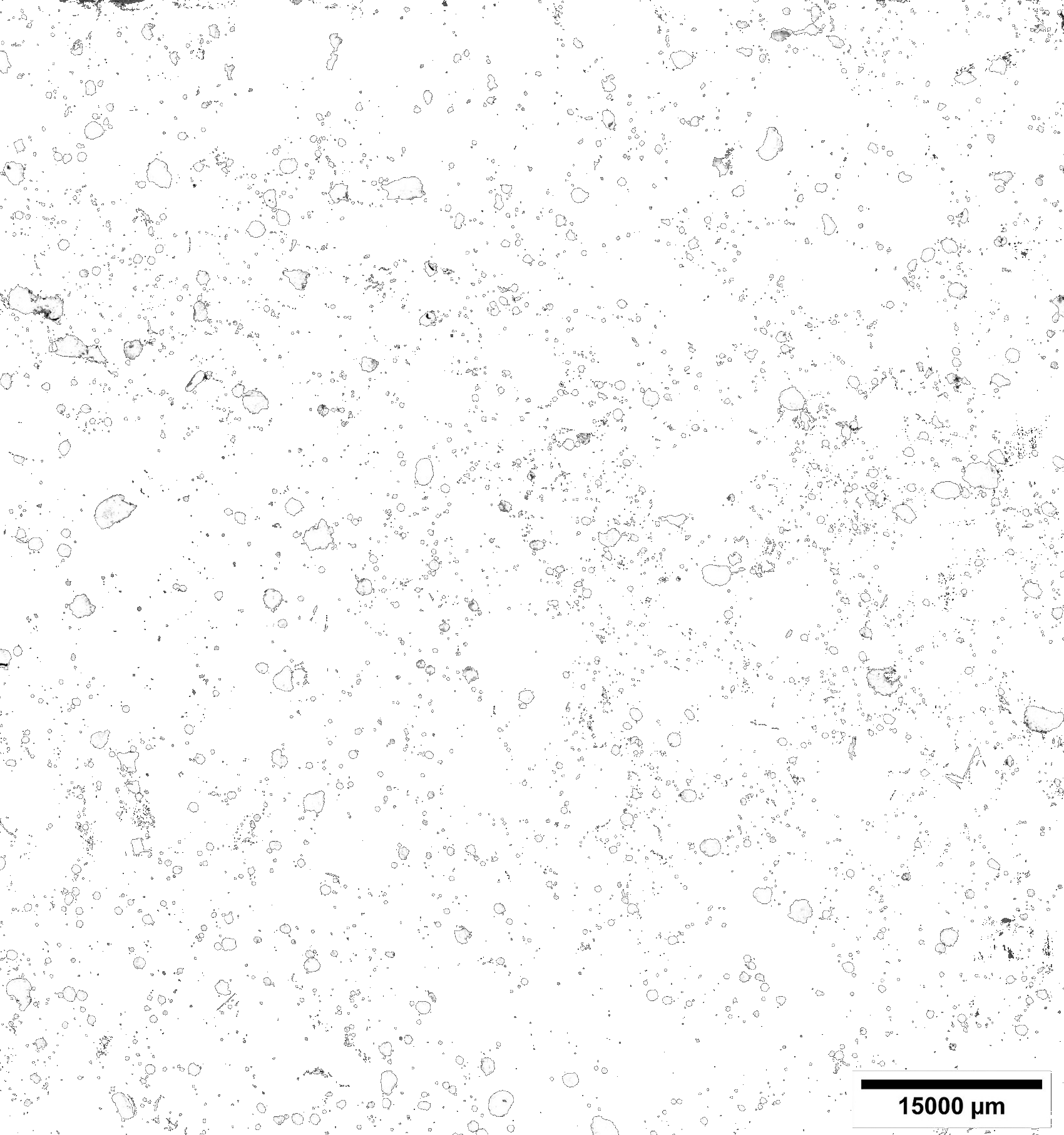
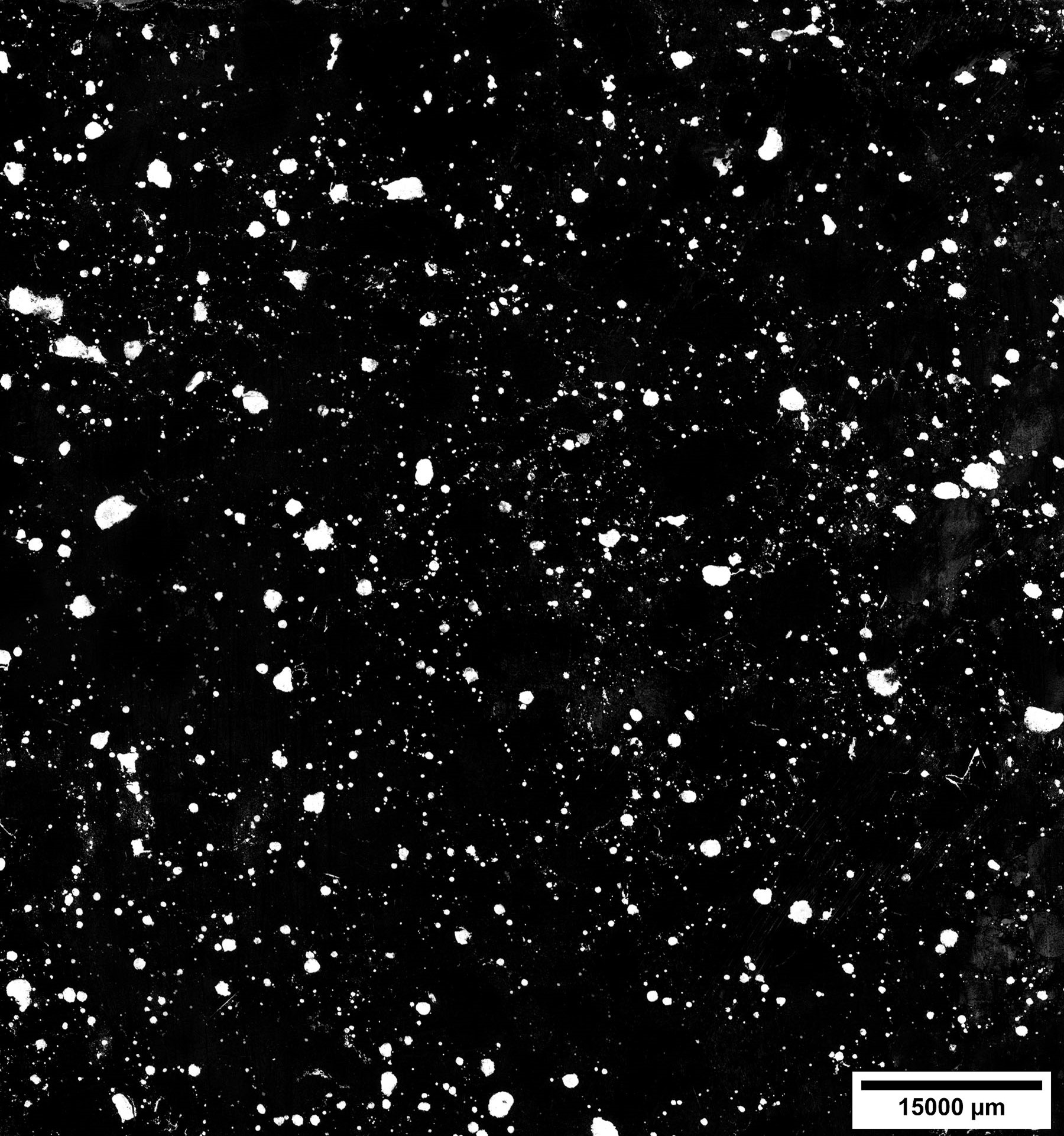
DRP uses ASTM C457 Method C (Enhanced Contrast Method) to extract quantitative information about air void systems in hardened concrete
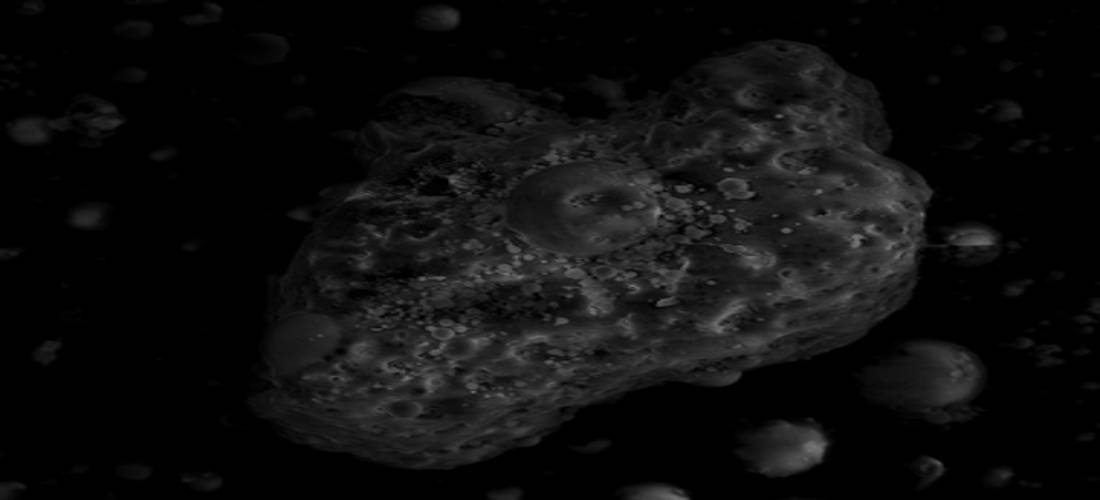
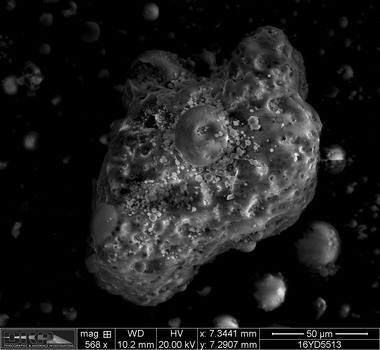
Raw materials are crucial. Fly ash under the electron beam...
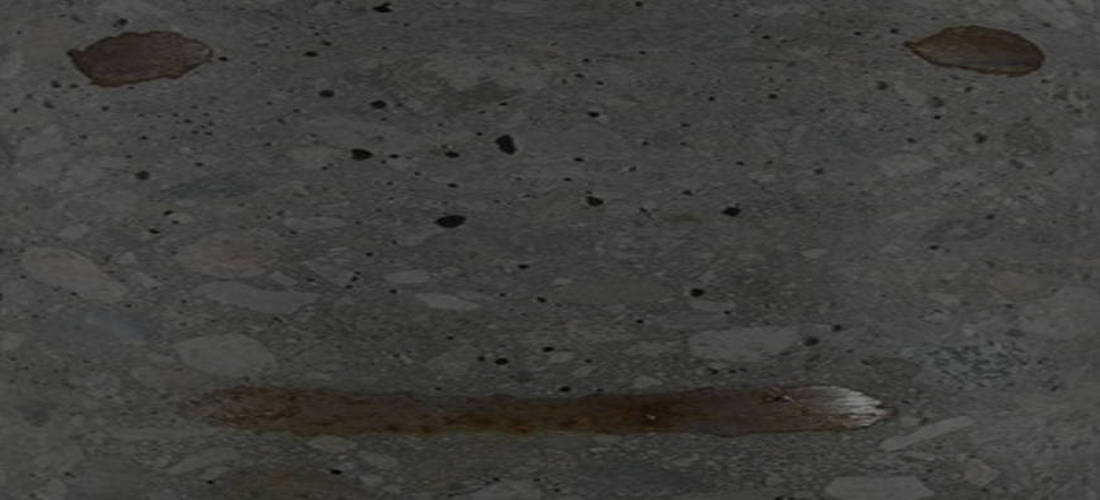

Maybe the problem is with something besides the materials. An example of happy concrete...
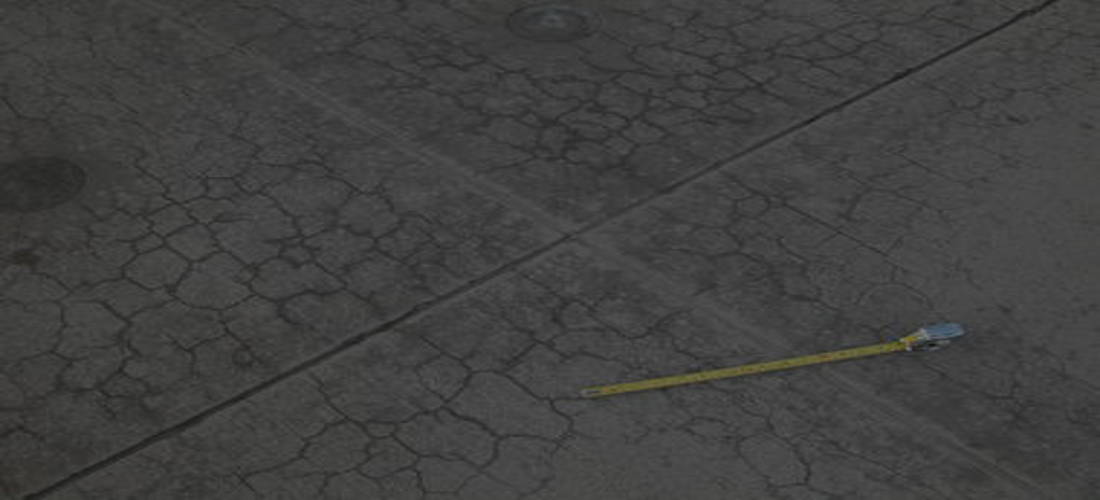
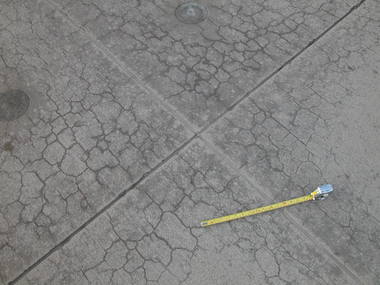
The most important aspect of petrography is understanding how it relates to the performance of the larger structure.
Petrographic & Materials Investigations
Located in Boulder, Colorado, we use concrete petrography and other analytical methods to investigate concrete and other cement-based construction materials, natural rock products, and geological resources. With straightforward thinking, meticulous detail and impeccable customer service, we provide our clients the information they need to understand the performance of construction materials.

Photons
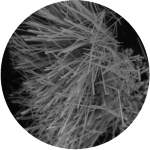
Electrons
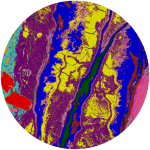
Expertise
Questions? We have answers. Contact us.
Give us a call at 303.938.0166 to get your project rolling.
